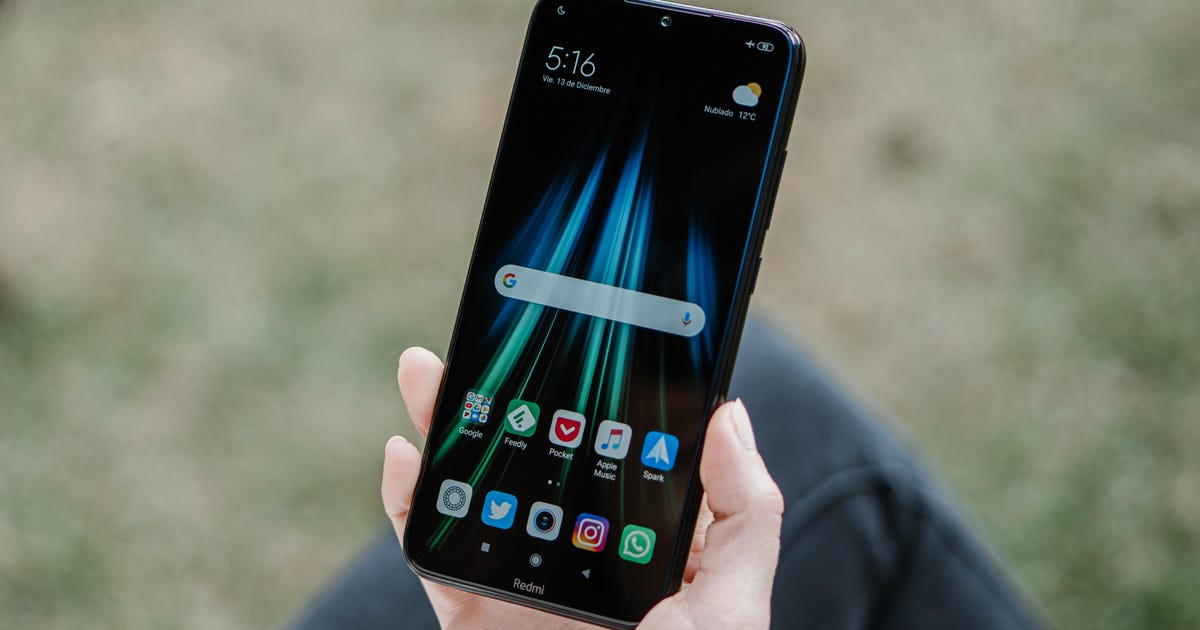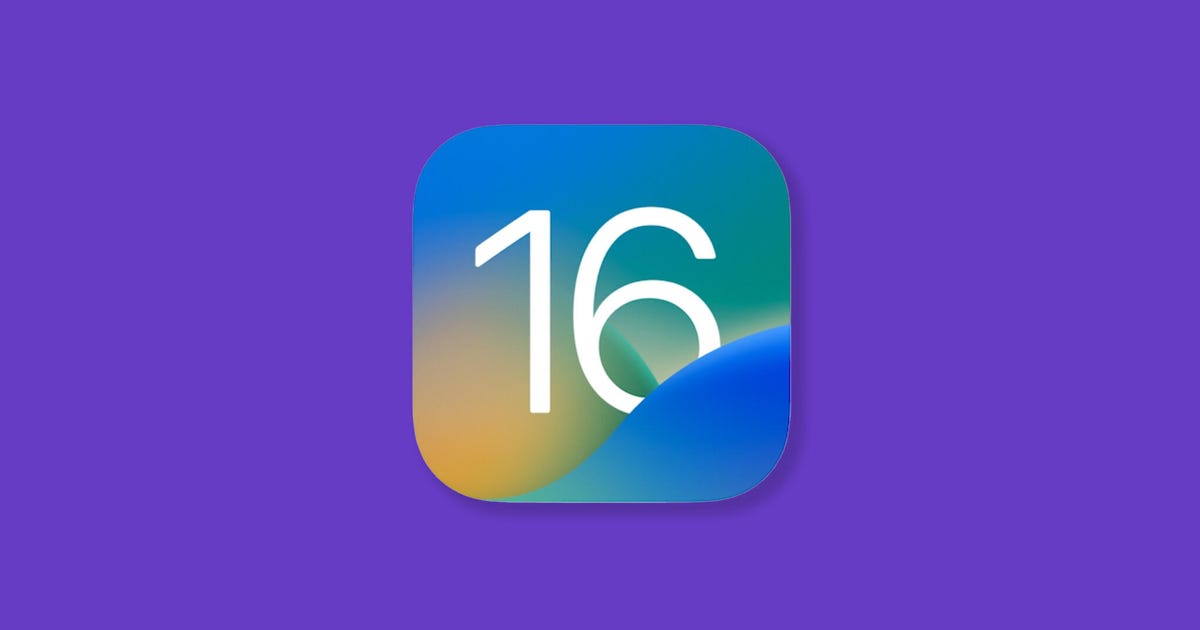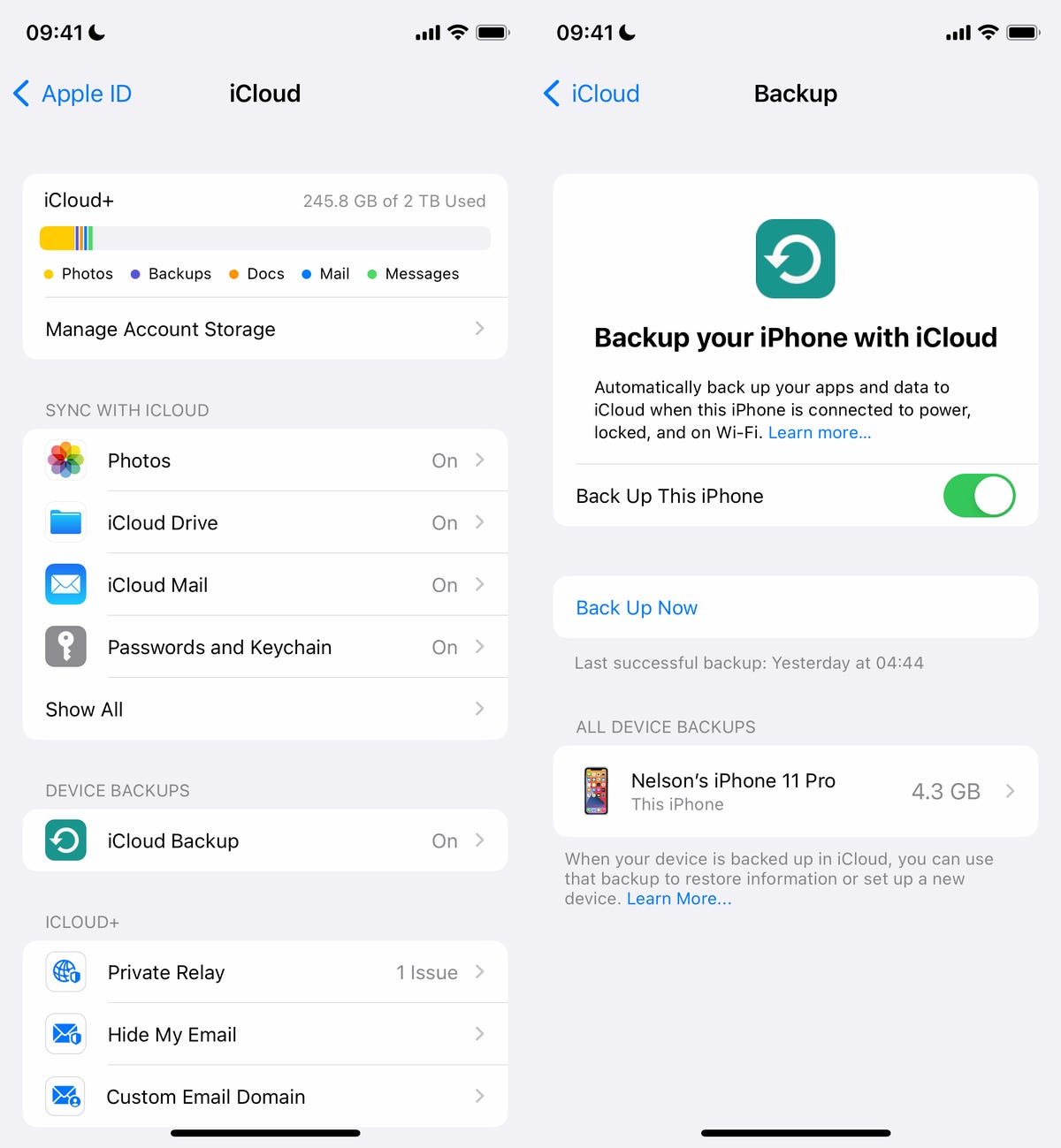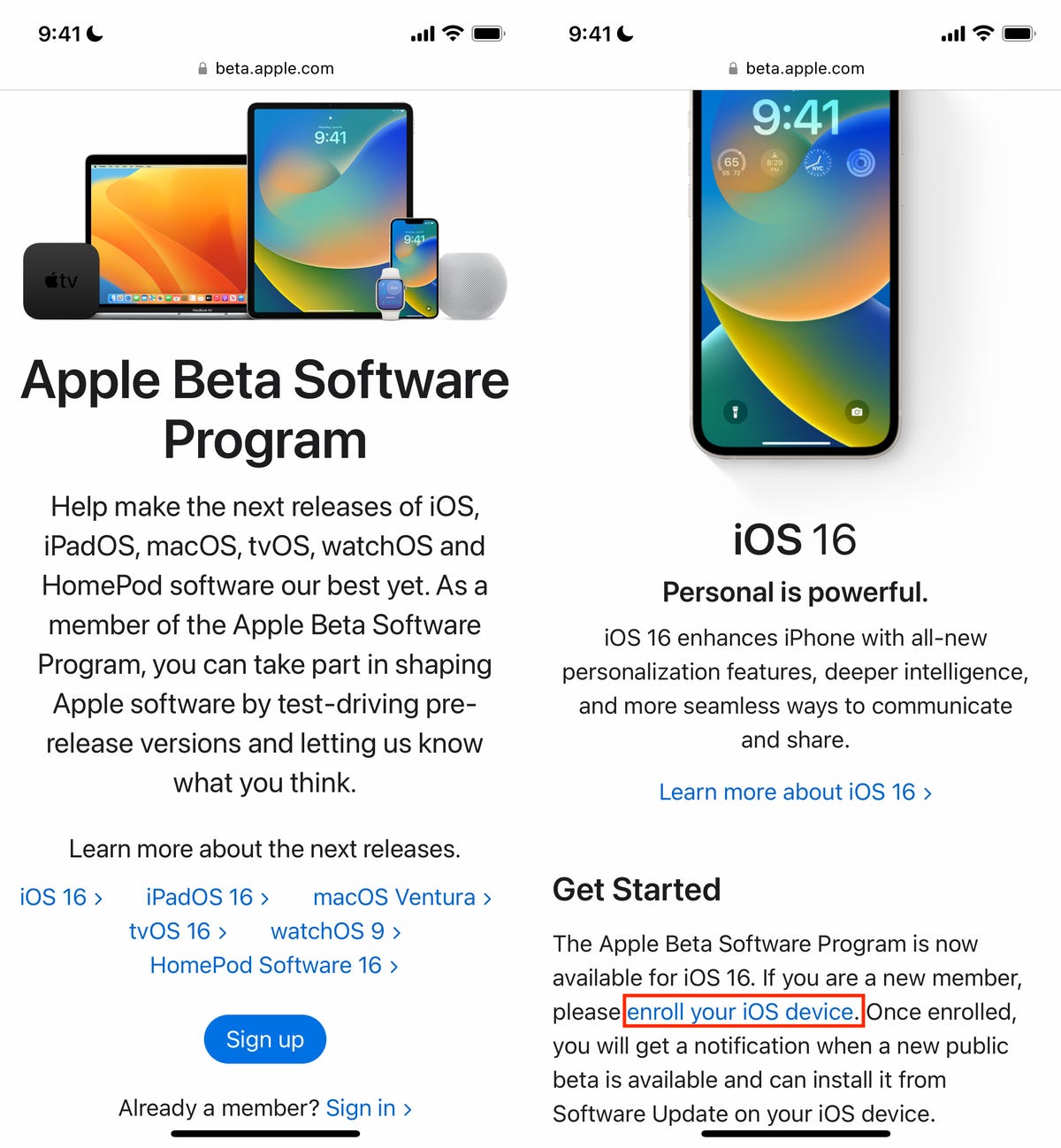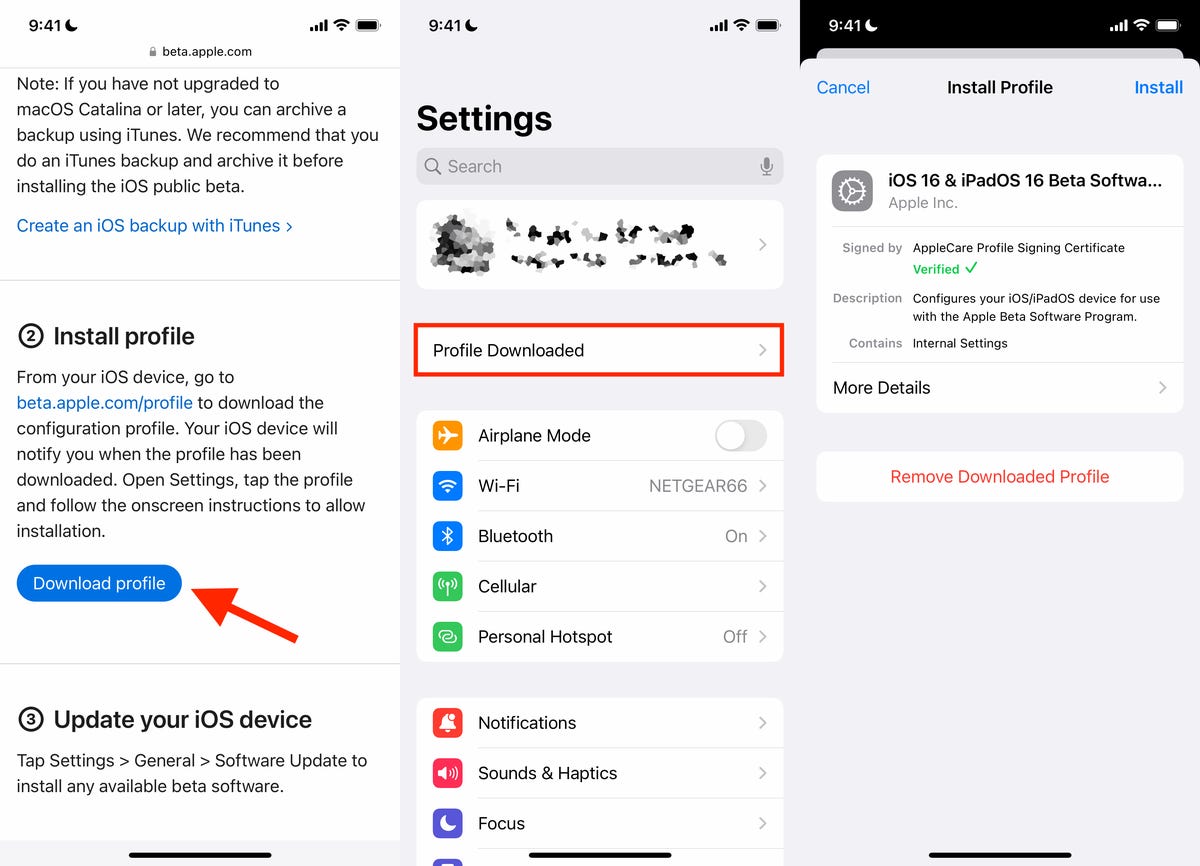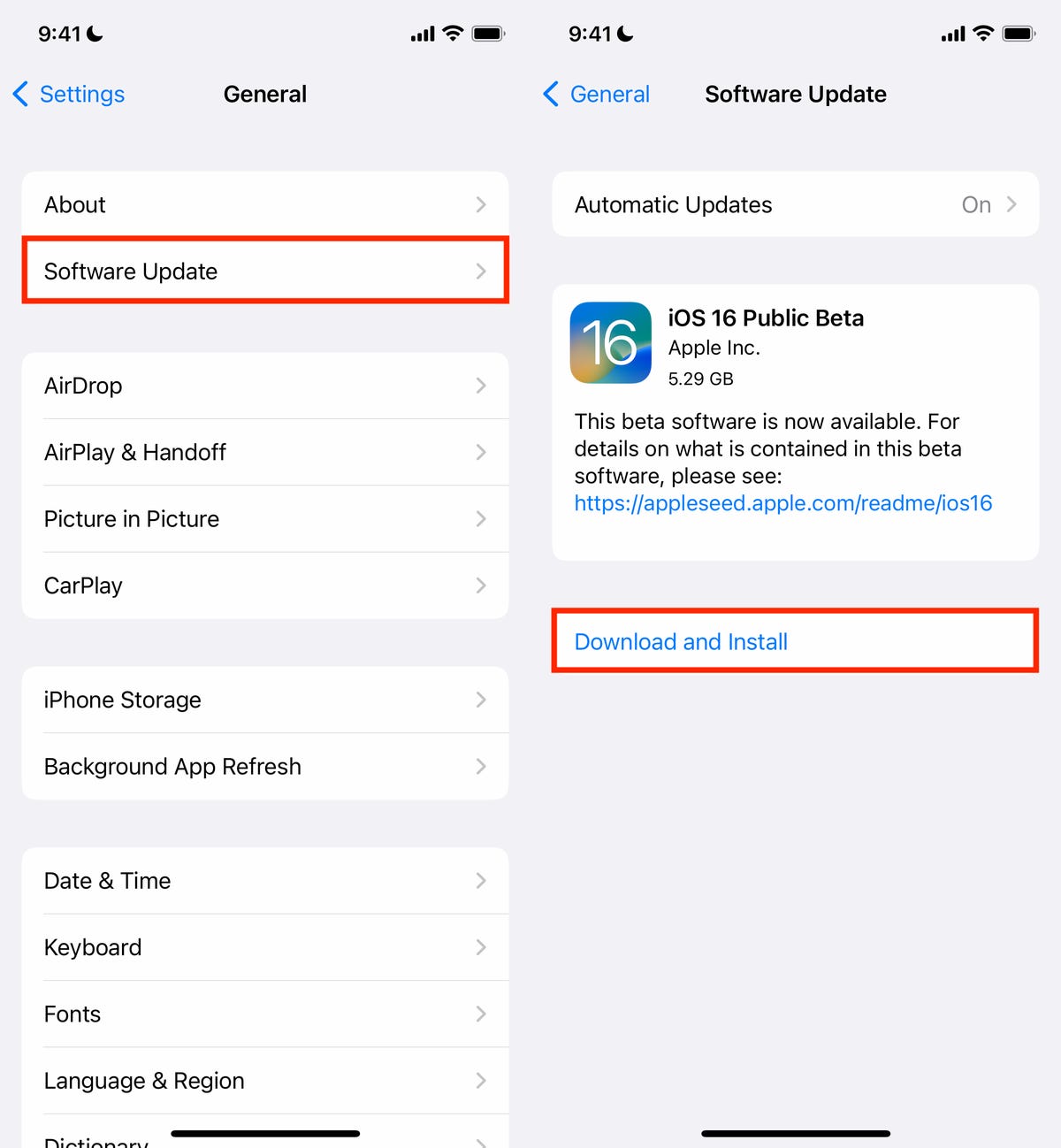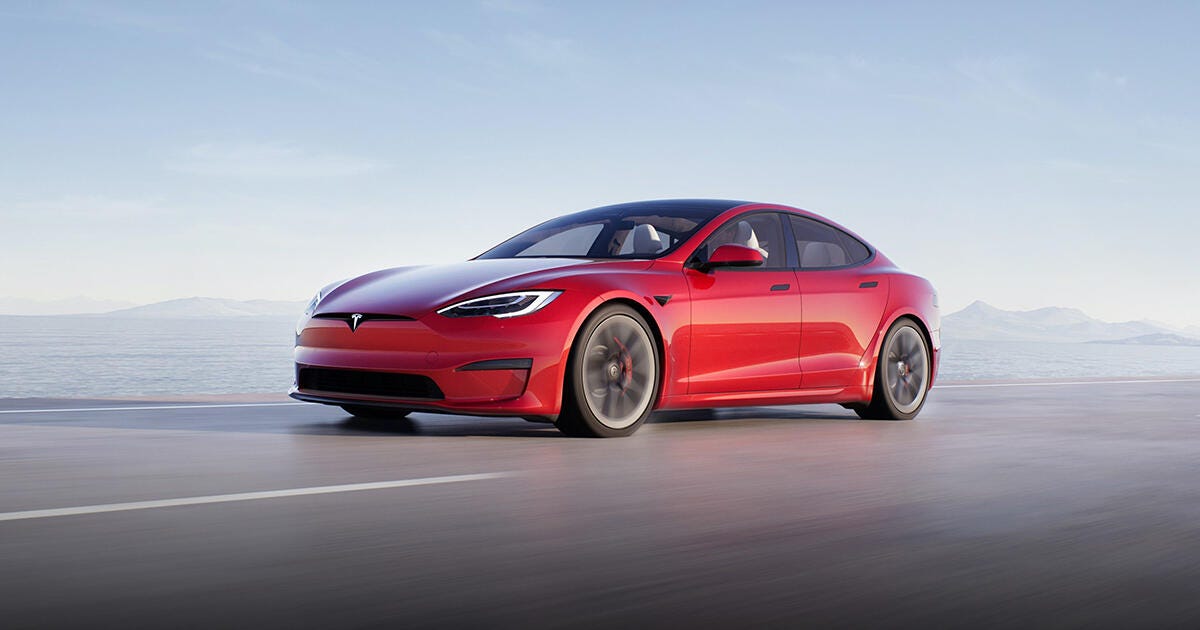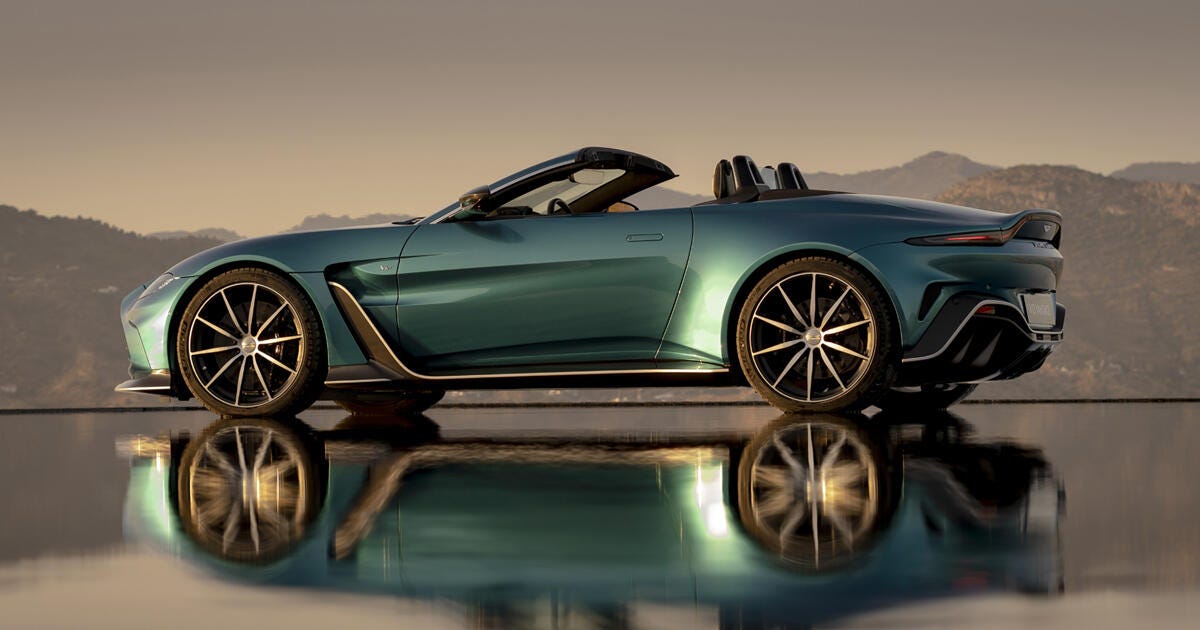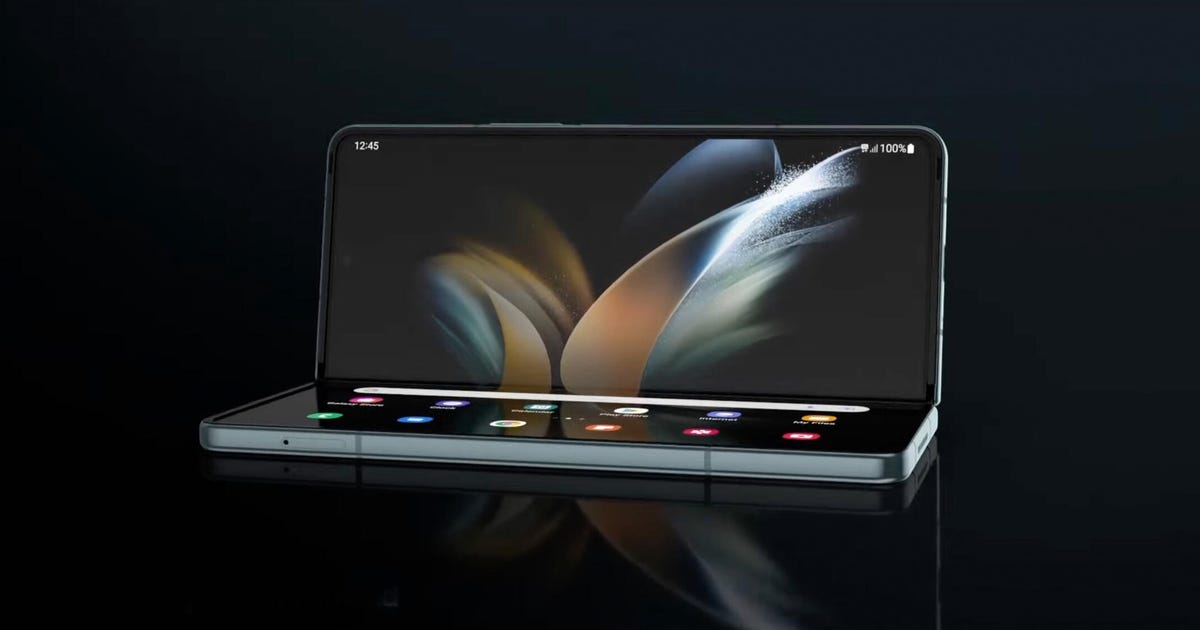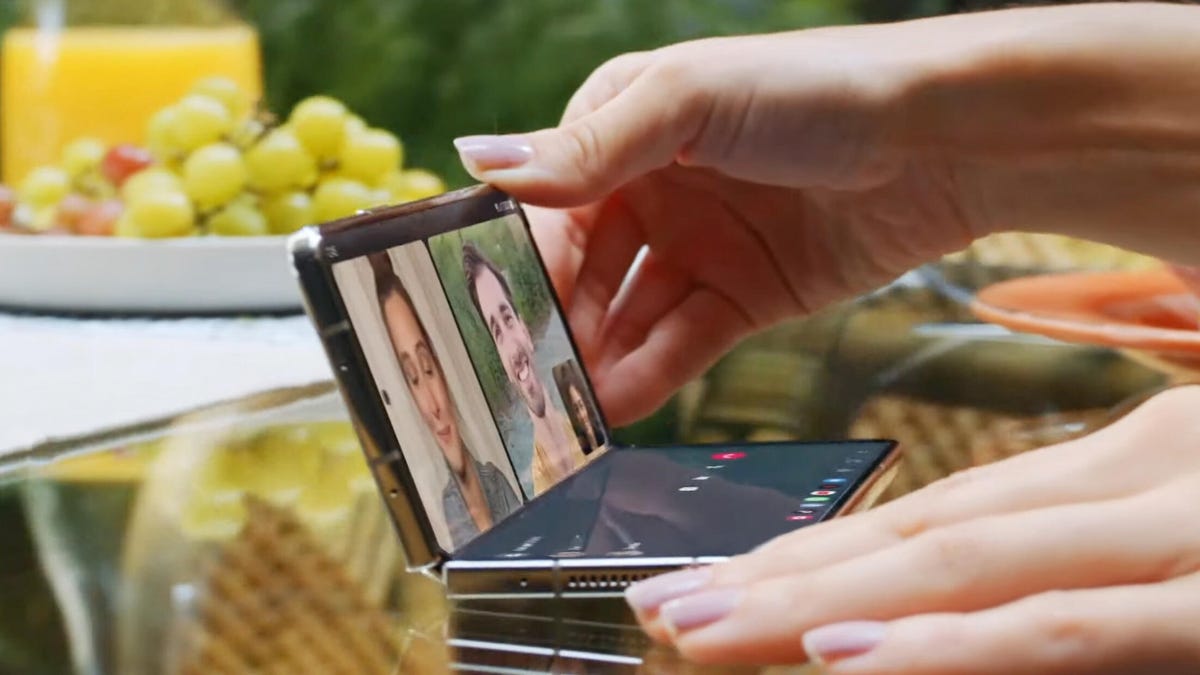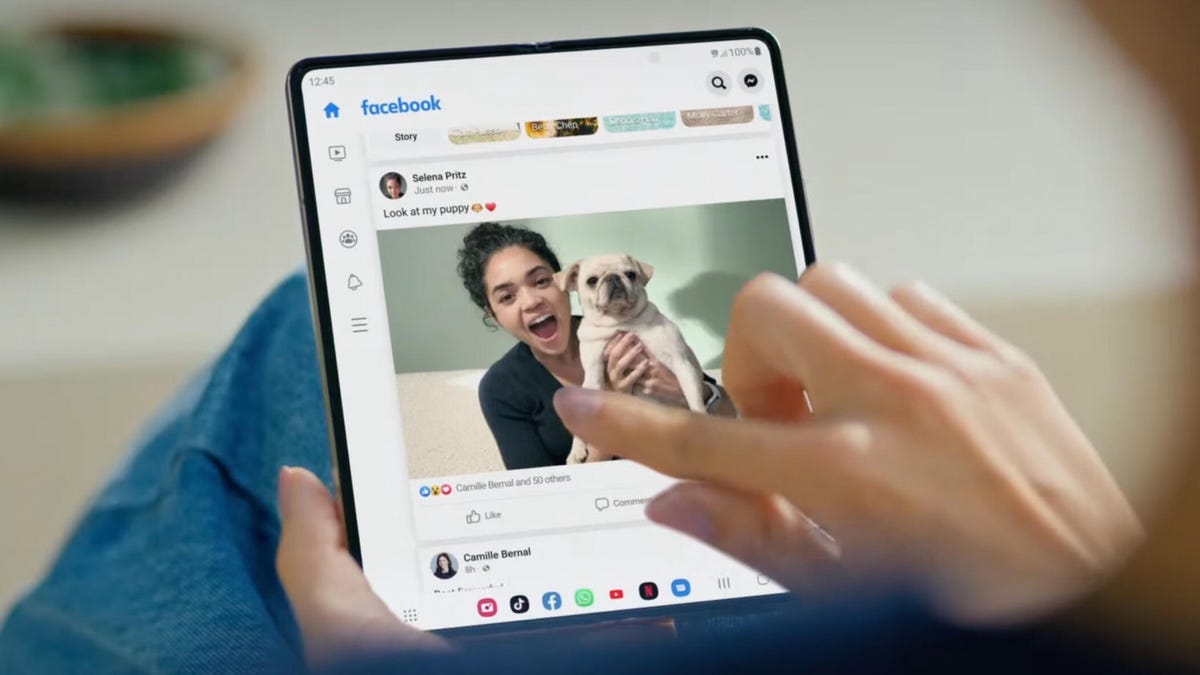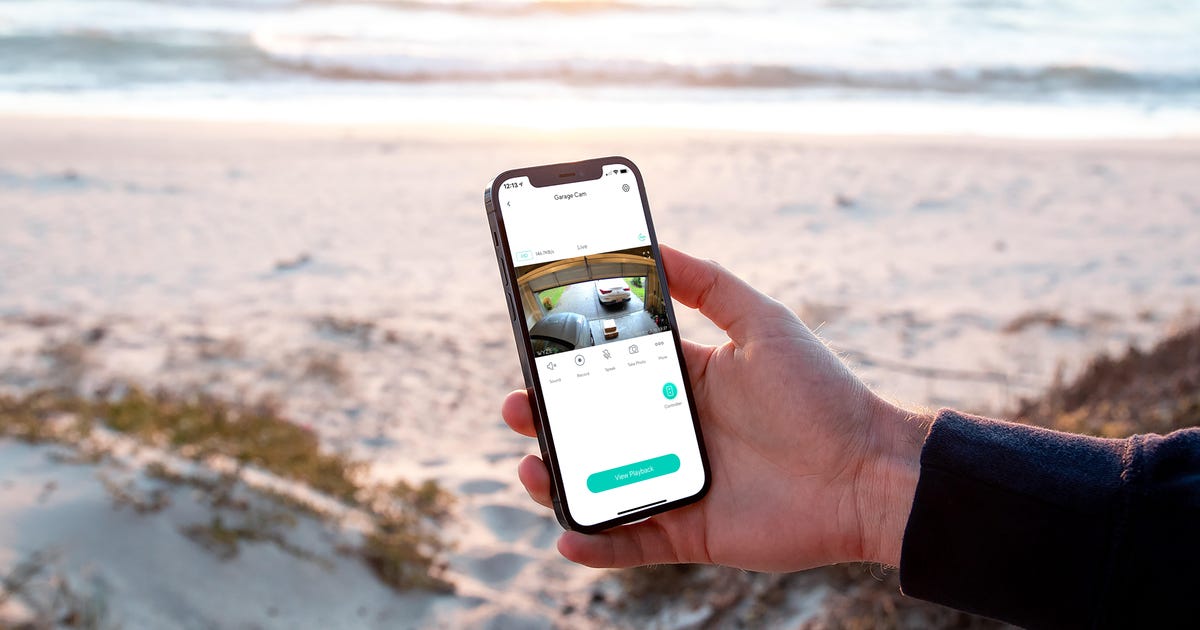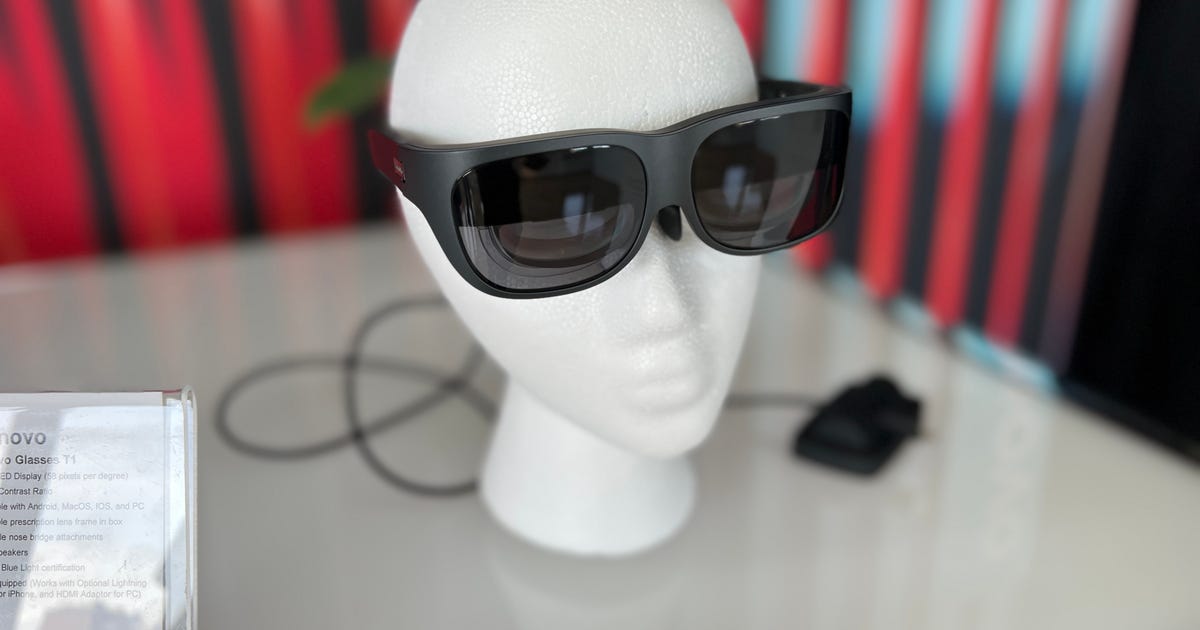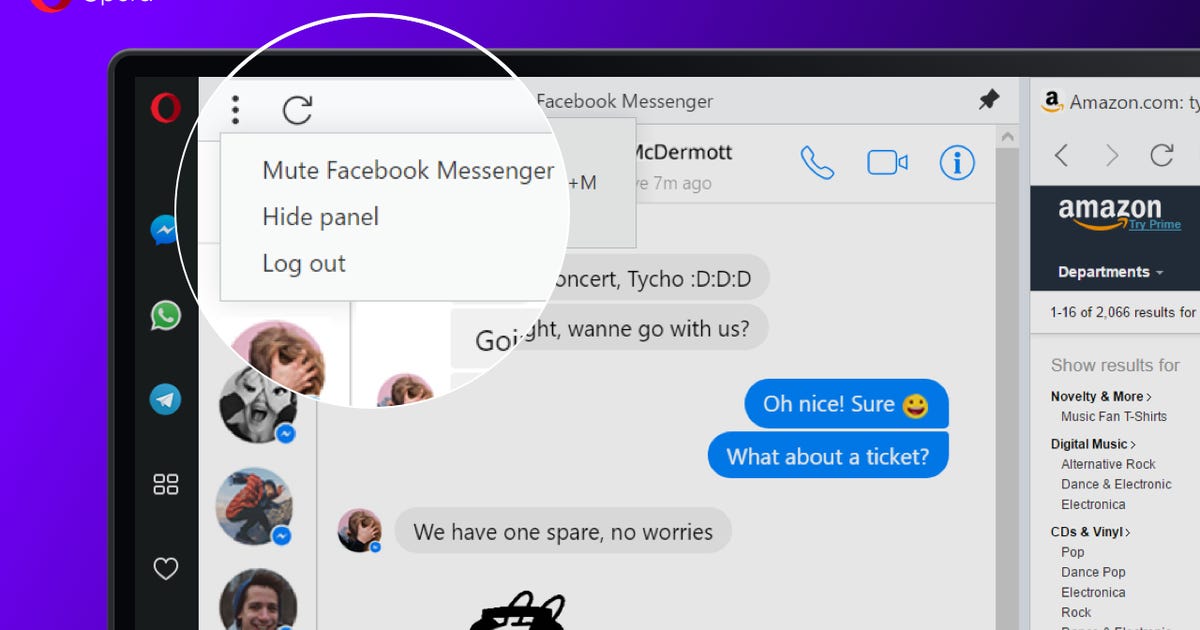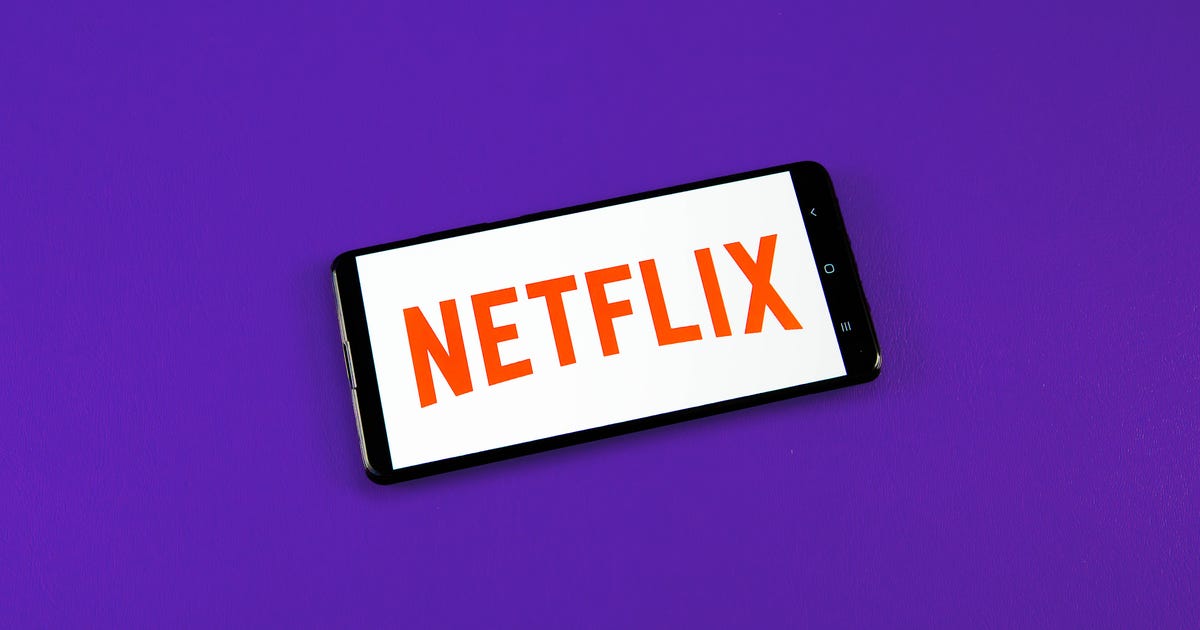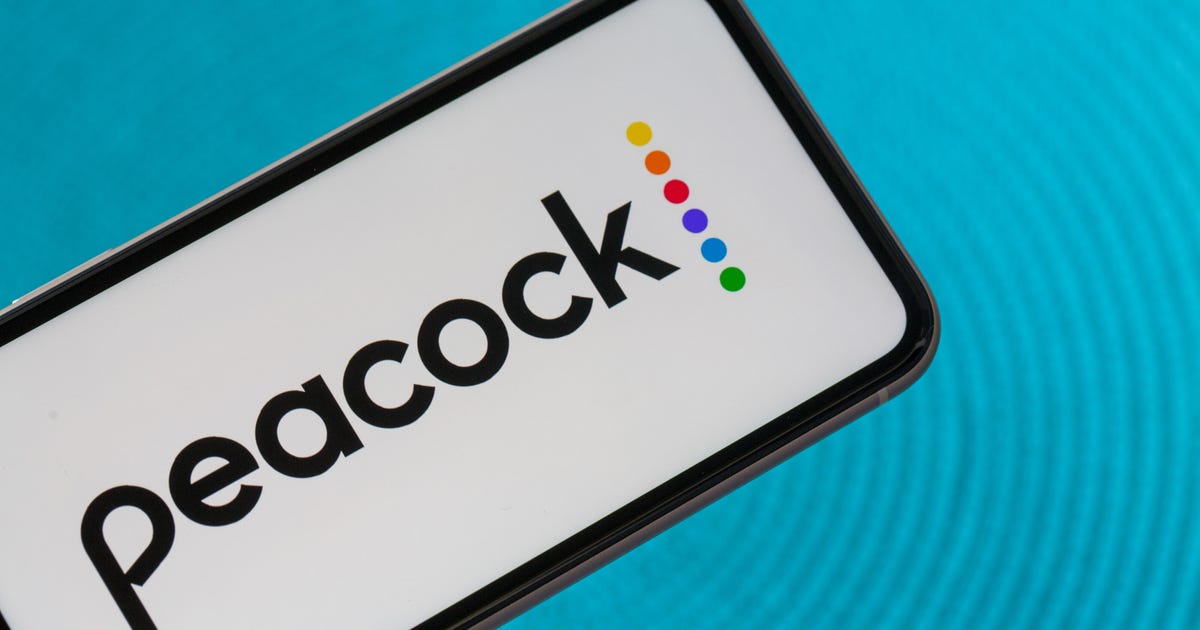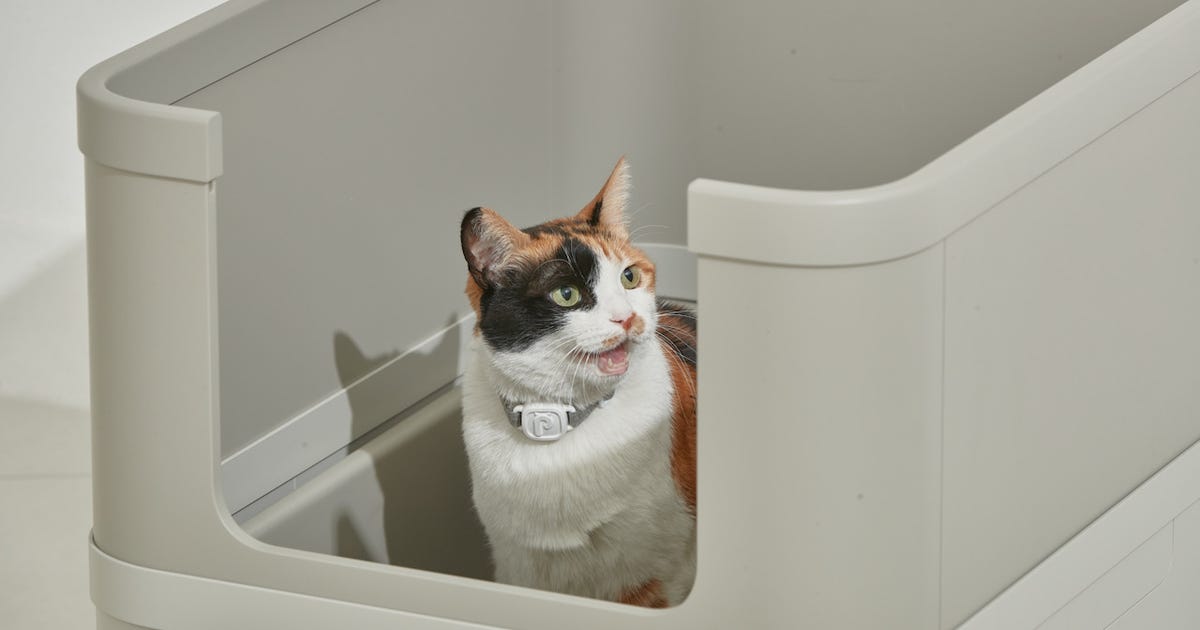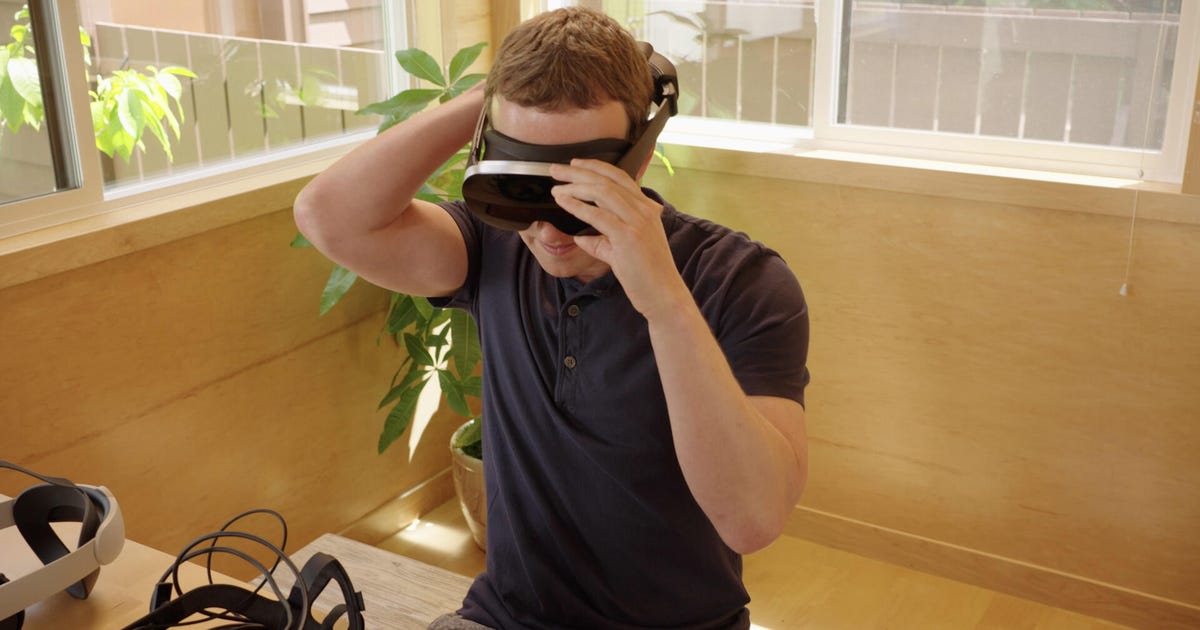
Meta Offers Look at What Might Follow the Quest 2 as It Pursues a VR Future
This story is part of Making the Metaverse, CNET's exploration of the next stage in the internet's evolution.
Meta CEO Mark Zuckerberg holds up a bulky virtual reality headset called Butterscotch. It's a prototype, used only for research. But it's part of the puzzle Meta is trying to solve to make its plans for the metaverse a reality.
The image resolution in Butterscotch is about two and a half times better than the Quest 2, the VR headset Meta sells to consumers and is critical to making virtual worlds seem more realistic. In a video conference, Zuckerberg said the resolution is good enough for people to see objects clearly from 20 feet away.
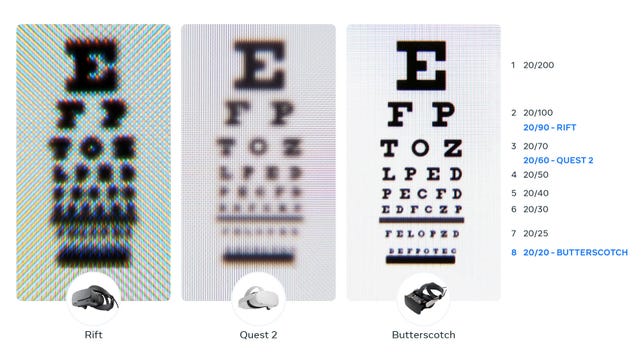
Meta said its Butterscotch prototype headset's resolution is high enough to read the 20/20 line vision line on an eyechart in VR, outperforming the Quest 2 and Rift headsets.
MetaCreating more realistic VR images, Zuckerberg said, will help people feel like they're physically there with another person, even if they're not in the same room. A more realistic sense of presence, though, will take more than just improving the resolution in VR headsets, he said.
"Being able to express yourself in as immersive and realistic of a way as possible is a very powerful thing," he said. "We're in the middle right now of a big step forward towards realism."
Meta has big plans for the metaverse, virtual spaces for work, play and socializing. But the company, formerly known as Facebook, has a long and daunting to-do list to check off before it can reach that goal. Headsets need to properly track motion and be more comfortable if Meta wants more people to buy these devices.
Meta hasn't said how many headsets it's sold, but it's not making a profit from its metaverse business and doesn't expect to for a long time. In the first three months of this year, Meta's metaverse business Reality Labs lost $2.96 billion, Meta said in an earnings report. The company is making a long-term bet on what comes after the mobile internet, pinning its future to the metaverse. Zuckerberg has been trying to get people interested in VR for years after the company purchased VR headset maker Oculus for more than $2 billion in 2014.
Zuckerberg's ambitious vision for the metaverse sounds like it's straight out of science fiction. He wants people strapping on his headsets to feel like they're in the physical presence of a loved one or coworker. In the future, he says, people might not even need to buy TVs.
"If you have a good mixed reality headset or augmented reality glasses, then that screen or TV that's on your wall could just be a hologram," he said.
That vision is a long way off. Though Meta has improved its VR headsets, using them takes you to cartoon-like virtual spaces that feel more like video games than the real world. The company has tried to clear out its list of projects -- Meta has reportedly scrapped a smartwatch and postponed the release of AR glasses -- to cut down on expenses. It still plans to release wrist wearables and AR glasses to consumers. And it still has to address harassment and privacy in virtual worlds, problems Meta has struggled to combat on its social media sites.
Still, improving the displays in VR headsets might entice people to try out more virtual spaces.

Meta researchers showed what mixed reality goggles could look like but said it was just an idea at this point.
MetaMixed reality goggles
During the video conference, Zuckerberg and Meta employees showcased an illustration of Mirror Lake, one of the company's most ambitious projects. The headset resembles a pair of ski goggles and blends the physical and digital worlds, a technique known as mixed reality.
Mixed reality goggles, like Mirror Lake, are also in their early stages. Mirror Lake is just a concept and Meta hasn't built these goggles yet, so they don't know if their idea works.
It could be a step toward sunglasses-like AR headsets, which overlay digital information on scenes of the real world. Meta wants to bring these AR products to market eventually, but they're still a lot of hardware to wear anywhere outside a home.
Meta hopes Mirror Lake will harbor a retina resolution-level display with HDR, eye tracking, a method for creating multiple eye focus points, prescription lenses and holographic lenses that use lasers to create 3D visuals.
The headset could eventually include displays on the outside to show a wearer's eye and face expressions while wearing the goggles, a research idea Meta has previously presented and Apple is reportedly working on too.

Meta has created many different types of prototypes over the years as it tries to improve the technology in VR headsets.
MetaNew visual tech in an array of experimental headsets
Meta also showed off Holocake 2, its thinnest and lightest VR headset capable of playing PC VR games. The prototype could help the company build smaller VR headsets in the future. And reducing a headset's weight will enable people to be in virtual worlds for a longer time.
Resembling the design of Microsoft's HoloLens 2, the device uses holographic lenses, which simulate a regular lens' optics but are flatter than the curved lenses used in VR devices like the Quest 2. Most VR headsets have thick lenses, which is why the front of the device looks so heavy, Zuckerberg said. Instead of sending light through a thick lens, Holocake 2 sends light through a hologram of a lens. Meta also reduced the distance between the eye and the VR display to reduce the bulk of the headset.
Holocake 2, though, requires lasers to make its holographic lens optics work, and finding consumer-ready lasers that would work in headsets is still tough. Using holographic optics can shrink down the bulky VR headset design so Meta can add other tech, like more cameras, eye tracking and a type of lens that could make VR more comfortable.
To improve VR, Meta is applying a test that evaluates whether what's displayed in a VR headset can be distinguished from the real world, said Meta Reality Labs Research head Michael Abrash. The company is calling this the visual Turing test, a reference to English mathematician Alan Turing, who developed another test in the 1950s to determine if a computer can think like a human.
No VR technology has passed the visual Turing test, Abrash said. While VR creates a sense of presence, people know that what they're looking at is virtual and not real.
Meta outlined four obstacles to creating better displays: resolution, focus, distortion and high dynamic range, used to improve an image's brightness and contrast.
One issue is that VR headsets have substantially less color range, brightness and contrast than TVs, laptops and cell phones, Abrash said.
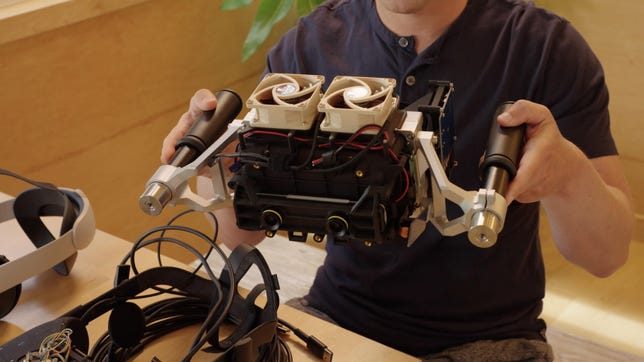
Meta CEO Mark Zuckerberg holds up a prototype headset called Starburst that includes a bright lamp.
MetaHolding up a prototype VR headset called Starburst, Zuckerberg noted the device includes a bright lamp. He called Starburst "wildly impractical" but said researchers are using the heavy headset to improve future devices.
Meta also developed another prototype called Half Dome that includes a varifocal lens that can help people's eyes focus better in VR, making nearby objects look sharper. People who used this type of lens experienced less fatigue and blurry vision. They also had an easier time identifying smaller objects, reading text in VR and reacting to environments more quickly.
Even after years of development, Half Dome isn't ready for consumers because Meta is trying to make sure eye tracking and other parts of the device work properly. The technology needed to make varifocal work is still difficult to get into a consumer headset.
"As hard as it is to build the first version of something, it can often be even harder to get it into a shipping product," Zuckerberg said, adding he's "optimistic" consumer units "will come soon."
Later this year, Meta is expected to release a new, more expensive VR headset called Project Cambria, which will be the company's first VR headset with eye tracking. After that, it's unclear when or if any of this next-gen display tech will make it into any headset. What's notable is that Zuckerberg and Abrash acknowledge that current VR displays still don't rival the quality of 2D displays on a TV or smartphone.
If they want VR to be more than a novelty, it's a problem they'll need to solve.
Source
